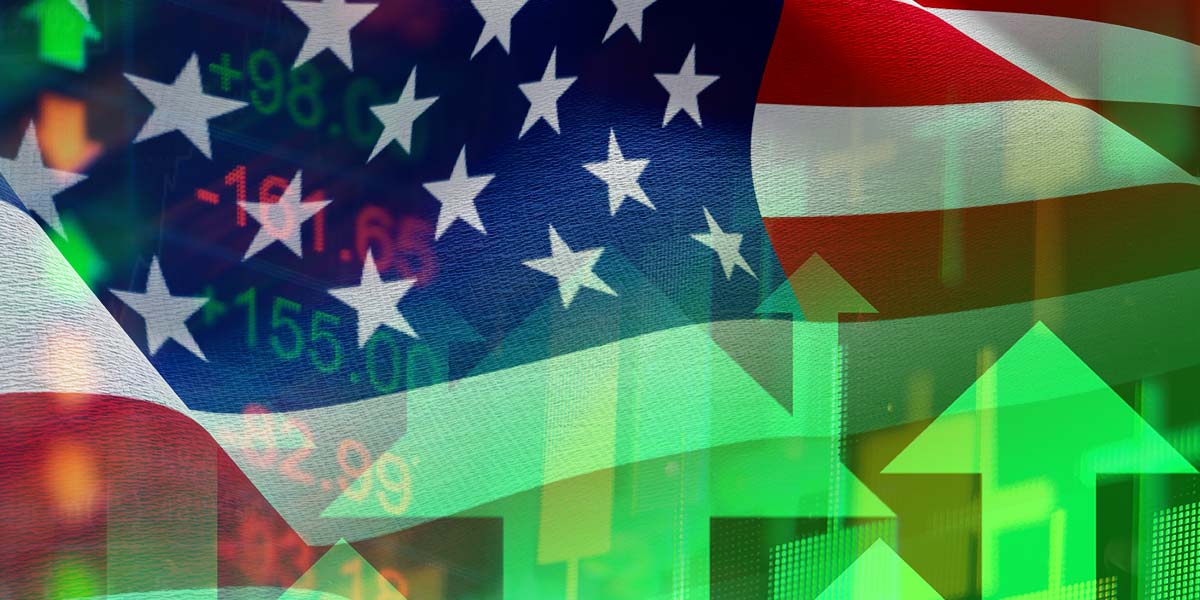The S&P 500 and Nasdaq Composite both closed at all-time highs on Monday, ending the best quarter Wall Street has seen in over a year as investor sentiment brightened amid expectations of progress on trade and potential rate reductions from the Federal Reserve.
In Monday’s session, the Dow climbed 275.50 points, or 0.63%, to finish at 44,094.77. The S&P 500 added 31.88 points, up 0.52% to close at 6,204.95, and the Nasdaq Composite advanced 96.28 points, or 0.48%, ending the day at 20,369.73.
For the second quarter of 2025, both indices recorded impressive double-digit gains; the S&P 500 advanced 10.57% while the technology-heavy Nasdaq saw an even greater surge of 17.75%. The Dow Jones Industrial Average, although less robust, delivered a respectable 4.98% gain for the period. Meanwhile, the small-cap Russell 2000 rose 8.28% throughout the quarter.
According to a client note from Mike Wilson, chief equity strategist at Morgan Stanley, three primary catalysts could continue to drive US stocks higher over the coming months. First, corporate earnings have been strengthening, as analysts now forecast better results for S&P 500 companies amid easing concerns over tariff- and trade-related profit pressures.
Secondly, interest rate policy is poised to be supportive. Wilson anticipates the Federal Reserve will implement as many as seven rate cuts in 2026, with policymakers shifting focus to rising unemployment over inflation.
Thirdly, the current market rally has demonstrated considerable resilience by weathering external shocks, Wilson noted.
Reflecting this bullish outlook, Morgan Stanley has retained its 12-month S&P 500 target at 6,500—a roughly 4% uplift from current levels.
Yardeni Research shares a similarly optimistic view, projecting that the S&P 500 could reach 6,500 by the end of the year, translating to a gain of about 5% from Monday’s close. Looking further ahead, Yardeni expects the benchmark index to climb to 10,000 by decade’s end, representing a potential surge of 60%.
As for the monetary policy direction, Goldman Sachs’ economists believe a clearer outlook on tariffs and easing inflationary pressures open the door to a more aggressive and rapid rate-cutting cycle.
The new projections anticipate a 25 basis point reduction in September, with further cuts scheduled for October and December 2025, followed by additional easing in March and June 2026.





